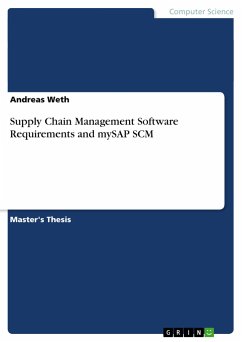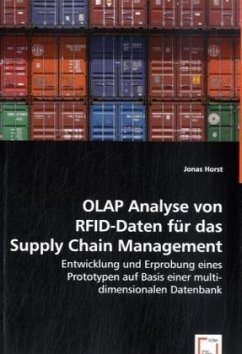
Supply Chain Management and Its Applications in Computer Science
Versandkostenfrei!
Versandfertig in über 4 Wochen
157,99 €
inkl. MwSt.
Weitere Ausgaben:

PAYBACK Punkte
79 °P sammeln!
Supply chain management is a key topic for a large variety of strategic decision problems. It is essential in making efficient decisions related to the management of inventory and the delivery of final products to customers. The focus of this book is the understanding of the supply chain taxonomy, the different levels of decision and the impact of one level on another depending on the modeling of the addressed objectives. The authors explore the potential problems that can be addressed within the supply chain, such as the inventory, the transportation and issues of holding, and find applicatio...
Supply chain management is a key topic for a large variety of strategic decision problems. It is essential in making efficient decisions related to the management of inventory and the delivery of final products to customers. The focus of this book is the understanding of the supply chain taxonomy, the different levels of decision and the impact of one level on another depending on the modeling of the addressed objectives. The authors explore the potential problems that can be addressed within the supply chain, such as the inventory, the transportation and issues of holding, and find applications in numerous fields of study, from cloud computing and networking through to industrial sciences. The reader can find each issue described and its positioning in the supply chain determined. A computer science framework is also developed to show how the use of electronic platforms can aid in the handling of these potential problems.













